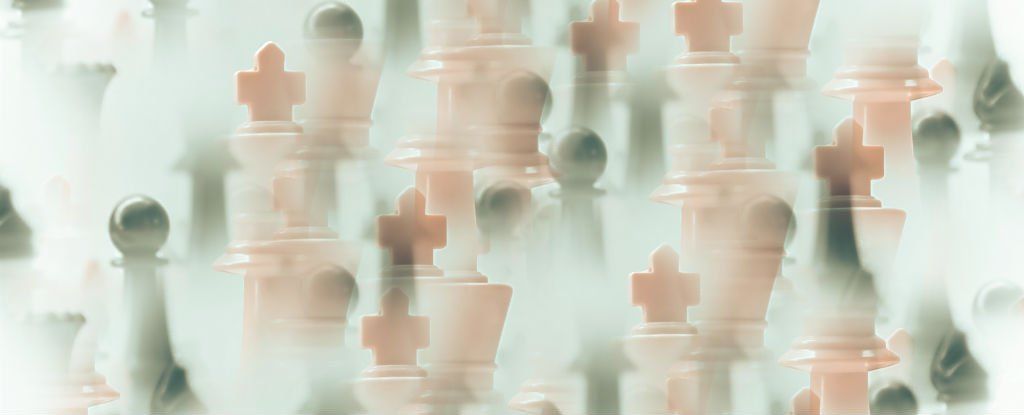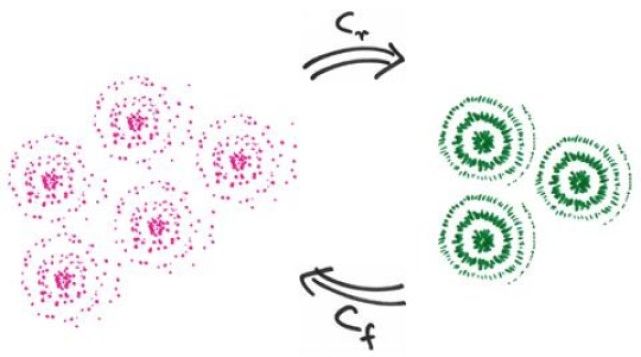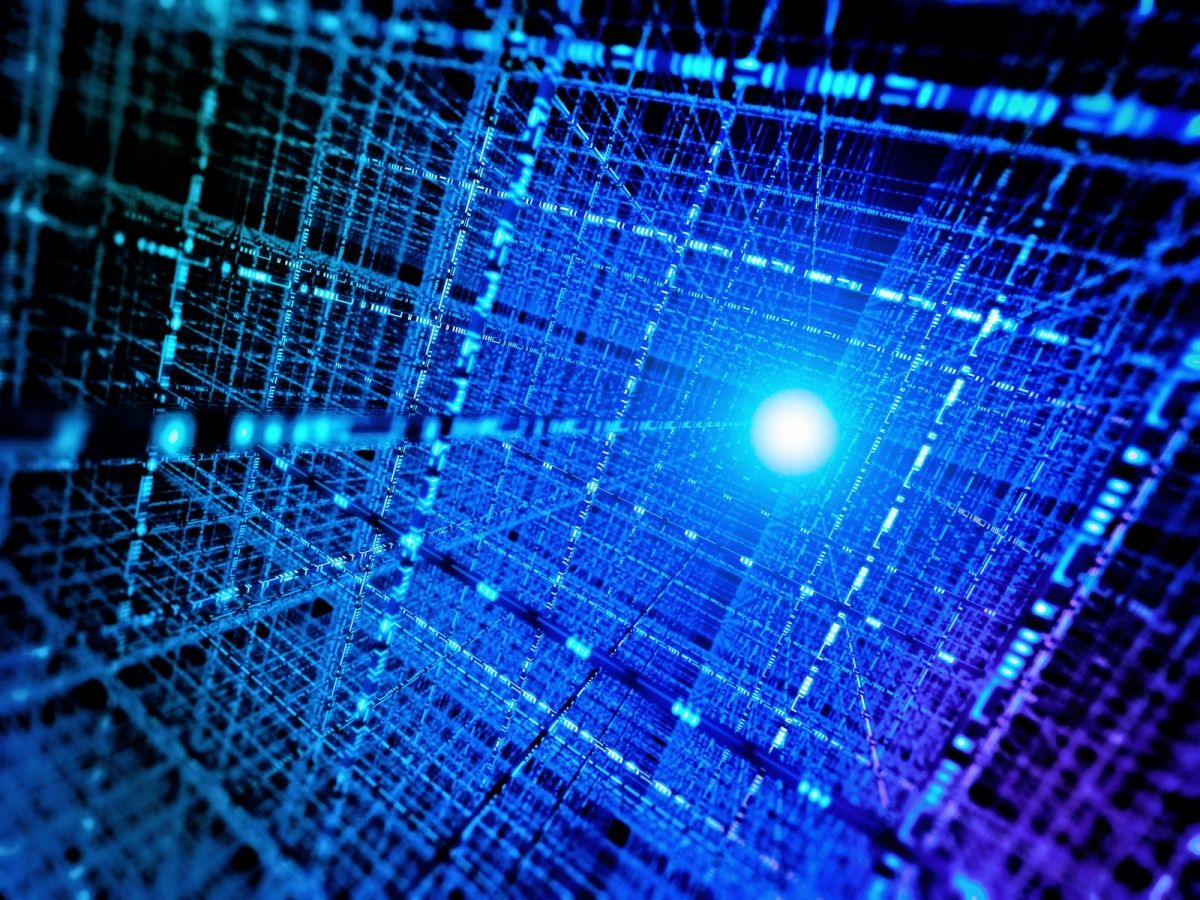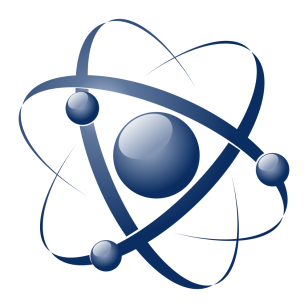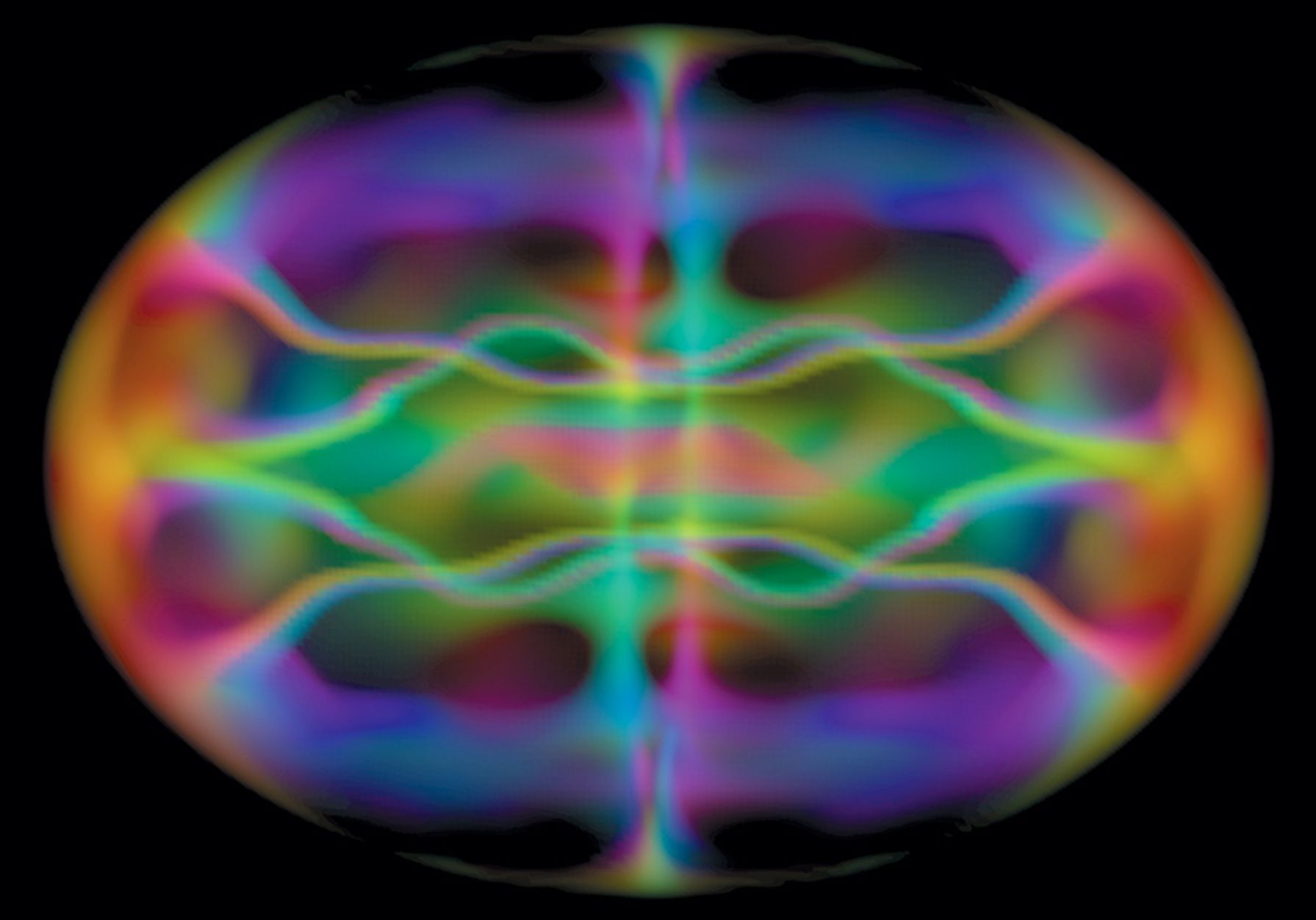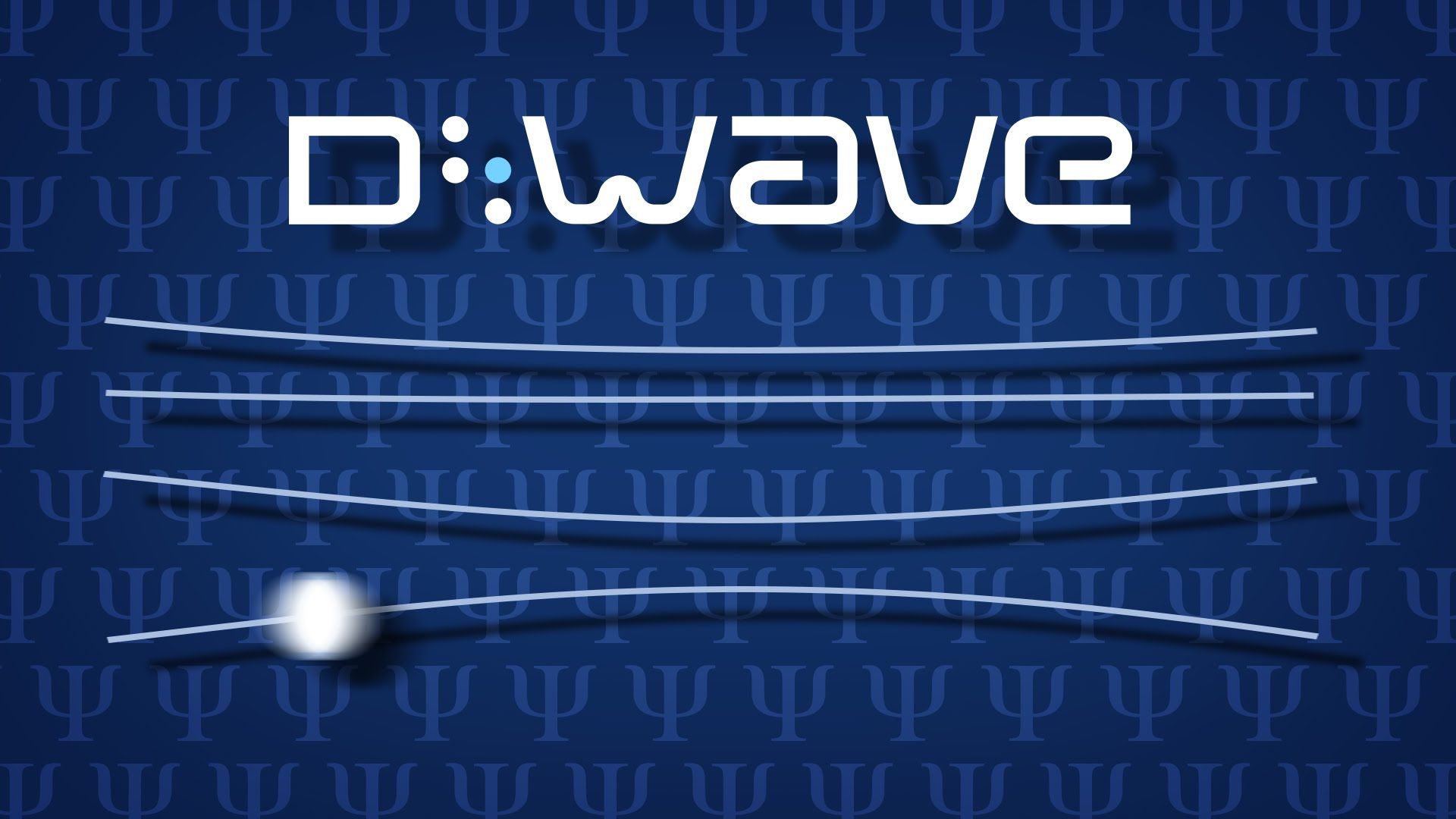Apr 4, 2016
Quantum physics has just been found hiding in one of the most important mathematical models of all time
Posted by Andreas Matt in categories: information science, mathematics, particle physics, quantum physics, space
Game theory is a branch of mathematics that looks at how groups solve complex problems. The Schrödinger equation is the foundational equation of quantum mechanics — the area of physics focused on the smallest particles in the Universe. There’s no reason to expect one to have anything to do with the other.
But according to a team of French physicists, it’s possible to translate a huge number of problems in game theory into the language of quantum mechanics. In a new paper, they show that electrons and fish follow the exact same mathematics.
Schrödinger is famous in popular culture for his weird cat, but he’s famous to physicists for being the first to write down an equation that fully describes the weird things that happen when you try to do experiments on the fundamental constituents of matter. He realised that you can’t describe electrons or atoms or any of the other smallest pieces of the Universe as billiard balls that will be exactly where you expect them to be exactly when you expect them to be there.
